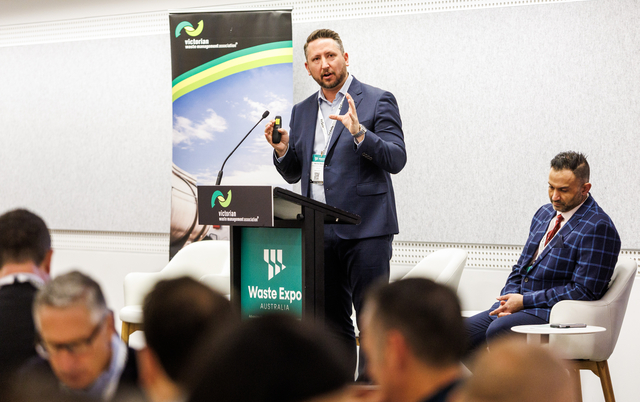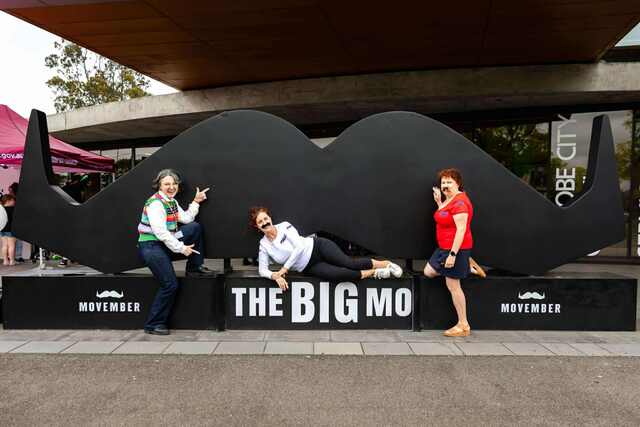An interview with Doug Rowe, CEO of ARA Pty Ltd
Advanced Recycling Australasia Pty Ltd (ARA) is now a wholly owned subsidiary of Universal Metals Pty Ltd, one of Australia’s largest privately owned metal recycling and processing companies. Universal’s other major businesses are Southern Rocycling and Eco Cycle Industries. Southern handles ferrous and non ferrous scrap metal from industry whilst Eco Cycle focuses on the “silver” metal side of the business which now includes the ARA business of fully recycling fluorescent tubes. It has been Doug’s business attitude and strong ethical beliefs that has seen Universal Metals experience dramatic growth in the past five years and Eco Cycle develop into the largest mercury containing product recycler in Australia. Equipped with state of the art mercury recycling crush and separation technology, ARA operates the only EPA approved Mercury recycling plant in Australia.
FOCUS talked to Doug Rowe about the importance of fluorescent tube and high intensity discharge (HID) lamp recycling.
FOCUS: Why did Universal Metals become involved in the fluorescent tube and HID Lamp recycling business?
D.R. It certainly was not the money! Our company over the last few years has strongly diversified into non ferrous recycling so getting into recycling mercury containing products was a good fit. Because of the lack of appropriate legislation in Australia our tube and lamp recycling business is still relatively small. In order for it to survive it has to be subsidised by our more profitable businesses. However, we are actively working with relevant State and Federal Government institutions and Ministries towards a total ban of these highly hazardous products from landfill that unfortunately is still a widely used practice throughout Australia.
FOCUS: Are you saying that Australia is behind the rest of the world in the area of recycling mercury containing lighting?
D.R. Australia is many years behind most of the developed world, even behind some of the developing countries. All of Europe, Scandinavia, Canada, Japan, Taiwan, most States of the USA and New Zealand have a ban on landfill disposal of these products and many of these countries provide financial subsidies for environmentally responsible recycling.
FOCUS: What is the reason for this apparent lack of action or interest in Australia?
D.R. Australia, due to its vast area and a relatively low population, poses its own unique challenges when it comes to recycling. It requires a bigger investment and a greater infrastructure to service not only the cities but also the more remote and less populated area. Possibly the unwillingness to take action was due to the unavailability of such infrastructure. However, while such infrastructure was lacking in the past, through our involvement, and through our very active cooperation with many major waste management companies in Australia, it is now available. What is needed now is for the EPA, Governments and local Councils to support the recycling and stop contaminated product going to landfill.
FOCUS: So what you are saying is that tube and lamp recycling is available to all Australian industries?
D.R. Yes certainly. We can now deliver an efficient and very cost effective tube and lamp collection and recycling service in every State and Territory in Australia. Our company has a collection and a crushing plant in every major city as well as mobile units capable of servicing all remote areas. Our main processing and recycling plant is based in Melbourne and is capable of handling all waste fluorescent tubes and HID lamps generated in Australia. We provide stillages for larger pick ups and prepaid fluorescent tube and HID lamp collection boxes to cover small quantity users. The cost of such boxes includes delivery of the empty box, pick up of the full one, recycling and issuing of a recycling certificate to the customer.
FOCUS: Then why with this positive recycling program in place are companies not taking advantage of the process?
D.R. A lot of it has to do with education and our sales team are working hard on this area. The other is people who say, “why pay to recycle it when we can dump it to landfill?” Another concern is those that charge and say they are recycling the tubes and globes but continue to dump at landfill without providing recycling certificates. That is why there is a need to ban this product from landfill, to stop this kind of attitude.
FOCUS: What do you say to those people who believe once it is buried in landfill, it stays there without posing any risk to anyone?
D.R. Unfortunately, not everybody is aware that fluorescent tubes and HID lamps contain small quantities of mercury. Unbroken, these products are totally safe to handle and to use, but when broken, even the small quantity of mercury contained in these products can pose a risk of exposure to this very toxic neurotoxin. Australia annually consumes between 60 to 70 million fluorescent tubes and HID lamps and more that 99 per cent of these are dumped into landfill. The mercury from one fluorescent tube can pollute 30,000 litres of water beyond a safe level of drinking.
A number of studies indicate that mercury in landfills is transformed through the action of heat and bacteria into methyl mercury, a volatile and highly toxic organic form of mercury. The toxic vapours of mercury are dispersed into the environment, causing air, soil and water pollution. Recent US and Canadian studies show that the ambient air over landfills, where fluorescent tubes and HID lamps are dumped, can contain 40 to 50 times higher levels of mercury that ambient air in the surrounding environment.
Focus: So you are saying that mercury is extremely dangerous and we don’t understand the damage we are causing?
D.R Exactly. The studies showed that elemental mercury that is released into the environment from landfills is largely deposited into lakes, rivers and into the ocean, where through a biological process it is converted into highly toxic methyl mercury. Methyl mercury is consumed by fish and other animals, bioaccumulation and concentrating to higher and higher levels in the exposed creatures. Consumption of such fish and animals causes elevated levels of methyl mercury in humans, resulting in neurological damage especially to young and unborn children and in many other health problems to adults via kidney and liver damage, memory loss, neurological illnesses, damage to the reproductive system and so forth. It is now well overdue for us to take mercury contamination seriously.
Focus: So something can be done?
DR: Yes that’s correct. There is a simple, cost effective solution to the problem run by a reputable company which operates the only approved EPA processing facility of mercury bearing waste in Australia. Now there are no excuses. If anyone has any questions please follow up one of the following:
Gary Robbins on (03) 9308 9415 or email grobbins@advancedrecycling.com.au
Peter Bitto (03) 9308 9415 or email pbitto@advancedrecycling.com.au
Karsten Larsen (03) 9308 9415 or email klarsen@advancedrecycling.com.au
For more information please visit www.southern-ro.com.au







